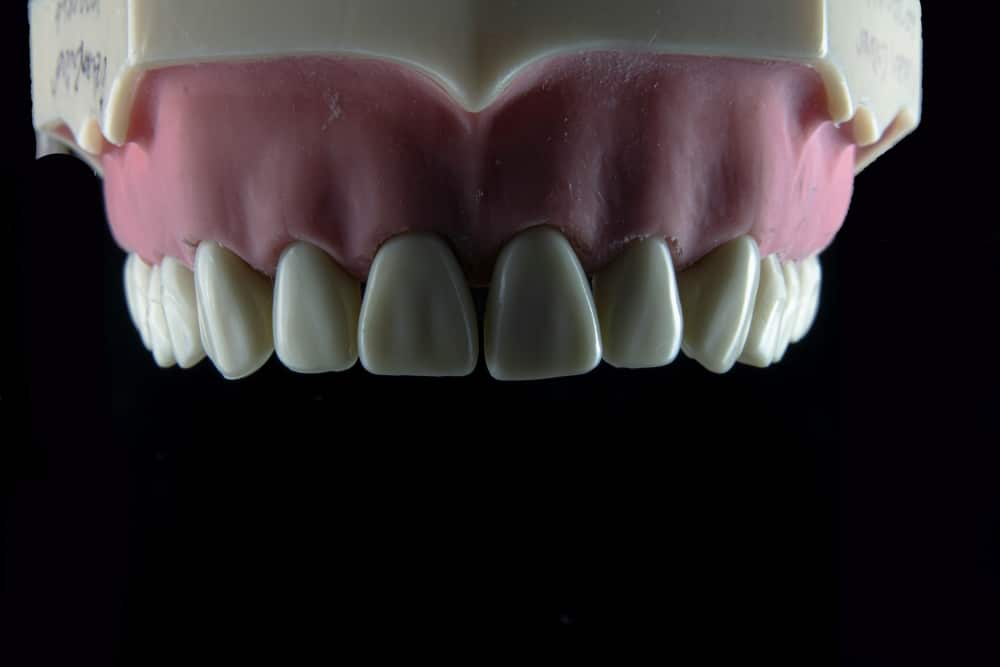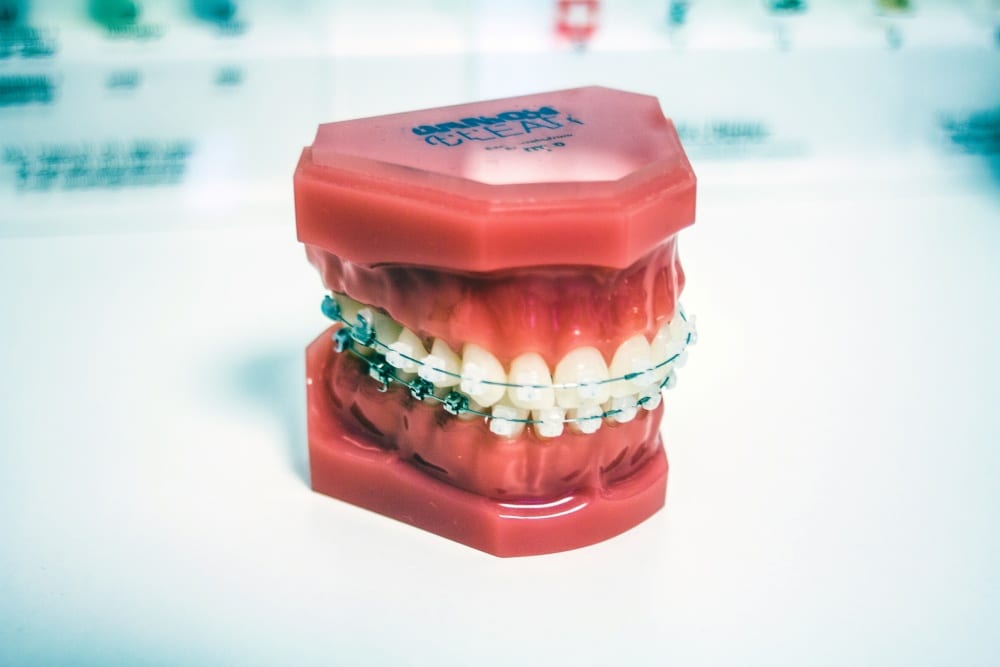
A Comprehensive Guide to the Difference: Wisdom Tooth Extraction vs Surgery
Experiencing recurring discomfort at the back of your jaw? You might be facing issues with your wisdom teeth, which often necessitates either a wisdom tooth extraction or wisdom tooth surgery. However, determining the correct procedure hinges on the tooth’s position and condition.
A straightforward extraction, for instance, is typically suitable for teeth that have fully emerged into the oral cavity. This method addresses teeth that are readily accessible and require minimal intervention.
Conversely, wisdom tooth surgery becomes necessary when teeth are impacted or only partially erupted. These situations involve a more complex approach, as the tooth may be lodged beneath the gum line or within the jawbone.
The distinction between these two procedures lies primarily in their complexity and recovery duration.
However, that does not mean that the decision to choose between a wisdom tooth extraction and surgery is arbitrary. A dentist will have to evaluate several factors, including the tooth’s alignment, the presence of any complications such as infection, and the extent of gum or bone coverage.
So, how do you decide on the appropriate course of action to ensure your oral health is maintained?
What is a Wisdom Tooth Extraction?
Wisdom tooth extraction involves the removal of a tooth that has fully erupted into the oral cavity. This procedure addresses teeth that are accessible and can be removed with relative ease.
These types of extractions are often recommended when dental issues such as tooth decay or overcrowding arise. During the process, local anaesthesia is administered to numb the area, and the dentist then loosens the tooth from its socket in the jawbone and removes it using dental instruments.
This straightforward method typically results in a shorter recovery period, though adherence to post-operative care instructions is crucial to minimise complications.
What is Wisdom Tooth Surgery?
Wisdom tooth surgery is a more involved procedure necessary for teeth that are impacted or partially erupted. These teeth are often trapped beneath the gum line or within the jawbone, requiring surgical intervention for removal. The process may include making incisions in the gum tissue, removing bone, and sectioning the tooth for easier extraction. Dissolvable stitches are then placed to aid in healing.
This procedure is typically performed under local or general anaesthesia to ensure patient comfort. Moreover, due to its complexity, wisdom tooth surgery often results in a longer recovery period and may involve more post-operative discomfort compared to a simple extraction.
Types of Wisdom Tooth Surgery in Singapore
1. Wisdom Tooth Removal Surgery with Bone Removal
This surgical approach is commonly used for impacted wisdom teeth that are deeply embedded within the jawbone, necessitating bone removal for safe extraction.
The procedure typically begins with the administration of anaesthesia to ensure patient comfort. Following this, the dental surgeon makes an incision in the gum tissue and instruments are then used to remove a portion of the bone covering the tooth, providing access for its removal. After the tooth is extracted, the site is cleaned, and any remaining bone fragments are removed. The gum tissue is then sutured to minimise the risk of infection.
2. Wisdom Tooth Removal Surgery Without Bone Removal
This surgical variant is leveraged in specific cases where the impacted wisdom tooth is partially covered by gum tissue, allowing extraction without bone removal. Following the administration of anaesthesia, an incision is made in the gum tissue so that the tooth can be extracted without removing bone. Specialised instruments are used to separate the tooth from the surrounding tissues. After removal, the surgical site is cleaned, and the gum tissue may be stitched closed to aid in healing.
3. Piezoelectric Surgery
Piezoelectric surgery uses ultrasonic vibrations to aid in bone removal during dental procedures. A device generates these vibrations, which are then transmitted to a specialised instrument. These vibrations allow for controlled cutting of bone tissue, minimising trauma to surrounding soft tissues. The vibrations facilitate efficient bone cutting, which can make the procedure more manageable. This method can also help reduce post-operative swelling compared to traditional bone-cutting techniques.
4. Laser-Assisted Surgery
As its name suggests, laser-assisted surgery uses laser energy to remove soft tissue and, in some cases, perform minor bone procedures. A dental laser emits concentrated light beams that can target and vaporise tissue. This method is used for soft tissue procedures, such as gum contouring, and can also be used for minor bone procedures, like removing small amounts of bone during implant placement. The laser’s energy helps minimise trauma to surrounding tissues, which can result in less bleeding, swelling, and discomfort compared to traditional surgical techniques.
Difference of Wisdom Tooth Extraction vs. Surgery

Understanding when each procedure is necessary helps clarify the distinction between wisdom tooth extraction and wisdom tooth surgery.
Consider the following:
When is Each Procedure Recommended?
As mentioned, a simple dental extraction is the typical method when the wisdom tooth has fully erupted and is visible.
In contrast, surgical removal is necessary when the wisdom tooth is impacted, either partially or fully, requiring the tooth to be uncovered for removal. Additionally, if the tooth grows at an angle, affecting adjacent teeth or increasing infection risk, surgical intervention is generally advised.
Anaesthesia Options
Wisdom tooth extraction typically uses local anaesthesia to numb the immediate area. Conversely, the type of anaesthesia used in wisdom tooth surgery—local, sedation, or general—varies with the difficulty of the case and the tooth’s location.
Recovery Expectations & Post Operative Care
Recovery following a wisdom tooth extraction is generally quicker, with most individuals healing within a few days. Wisdom tooth surgery, due to its complexity, necessitates a longer healing period, often one to two weeks.
Dentist in Charge of Procedure
While a general dentist can perform wisdom tooth extractions, an oral surgeon is often preferred for wisdom tooth surgery. This is because oral surgeons have specialised training to manage complex extractions and related complications. Of course, factors such as pre-existing health issues, potential complications, and the complexity of the case influence this decision.
Complications and Potential Risks
Both wisdom tooth extraction and surgery present potential risks, including infection, swelling, and bleeding. But due to its more invasive nature, surgery may carry a slightly higher risk than simple extraction. The possibility of nerve or neighbouring tooth injury is also elevated in procedures requiring bone or tissue alteration.
Cost Consideration
The cost difference between wisdom tooth extraction and surgery is another notable consideration.
Extraction, being a simpler procedure, generally incurs lower costs. And although frequently performed, it does not qualify for MediSave claims.
Surgery, which involves more complex techniques and potentially longer procedure times, typically results in higher expenses, but it allows for partial MediSave reimbursement.
However, do note that the overall expense is influenced by factors such as the complexity of the case, the type of anaesthesia used, and the need for additional procedures.
Key Differences at A Glance
For a clear understanding of your options, here’s an overview of the key differences between wisdom tooth extraction and wisdom tooth surgery.
Difference |
Wisdom Tooth Extraction |
Wisdom Tooth Surgery |
|---|---|---|
Tooth Visibility |
Fully or partially erupted |
Impacted, not fully visible |
Complexity |
Simple, quick |
Invasive, multi-step |
Anaesthesia |
Local |
Local / Sedation / General |
Performed By |
General dentist |
Oral & Maxillofacial surgeon preferred |
Procedure Time |
~15–30 min |
~30–90+ min |
Healing & Recovery Time |
3–5 days |
7–14 days |
Stitches Required |
Rare |
Common |
Post-Operation Symptoms |
Mild swelling, minimal discomfort |
More swelling, possible bruising and bleeding |
Complication Risk |
Low |
Moderate (nerve damage, dry socket) |
Cost Consideration |
Lower Cost |
Higher Cost |
MediSave |
Non-MediSave Claimable |
MediSave Claimable |
How Should I Choose Between Wisdom Tooth Surgery vs. Extraction?
Determining whether wisdom tooth extraction or wisdom tooth surgery is necessary relies on a careful assessment of individual circumstances.
This means that a dental professional will have to evaluate your oral health to recommend the most appropriate treatment. This evaluation takes into account several key factors: your overall health and any existing medical conditions, which may influence the chosen procedure; cost and insurance coverage, which can affect accessibility to treatment options; and, crucially, the condition of the teeth and gums, which ultimately dictates whether a simple extraction or more complex surgical intervention is required.
Schedule a Consultation With Our Dentist Today to Find the Right Treatment for Your Wisdom Tooth
While both wisdom tooth extraction and wisdom tooth surgery serve the purpose of removing wisdom teeth, the methods employed differ significantly. The choice between these procedures is not arbitrary and depends on a thorough evaluation of individual dental conditions.
To determine the most suitable option for you, consult with our dental professionals at Family Dental Centre. We aim to provide you with a clear understanding of your options and to ensure that the chosen treatment aligns with your overall health and well-being.





